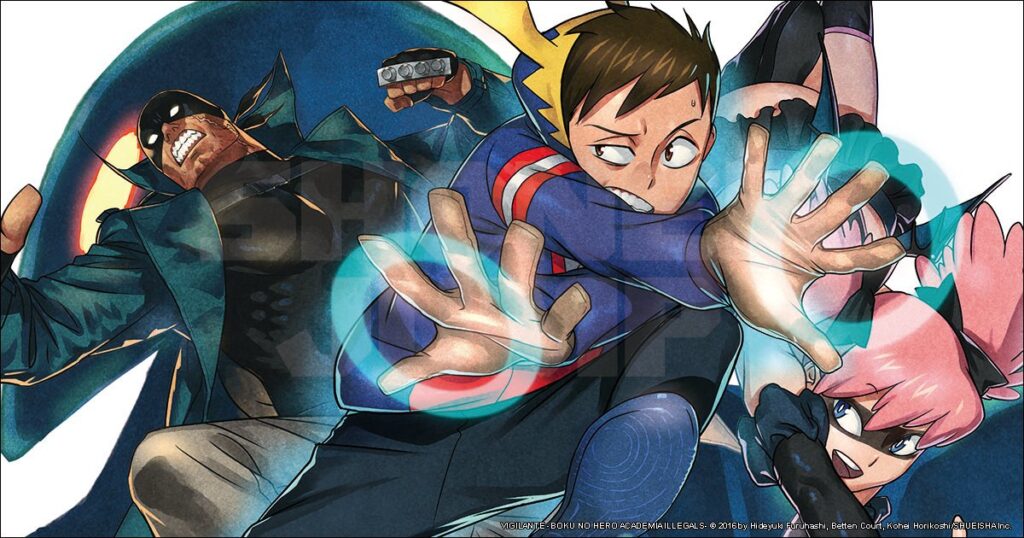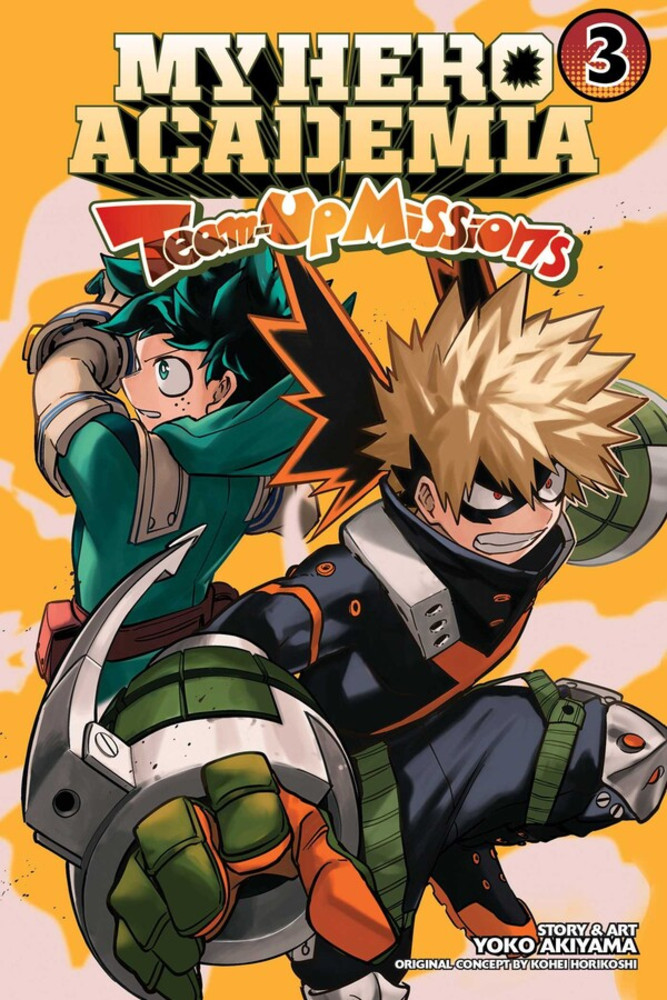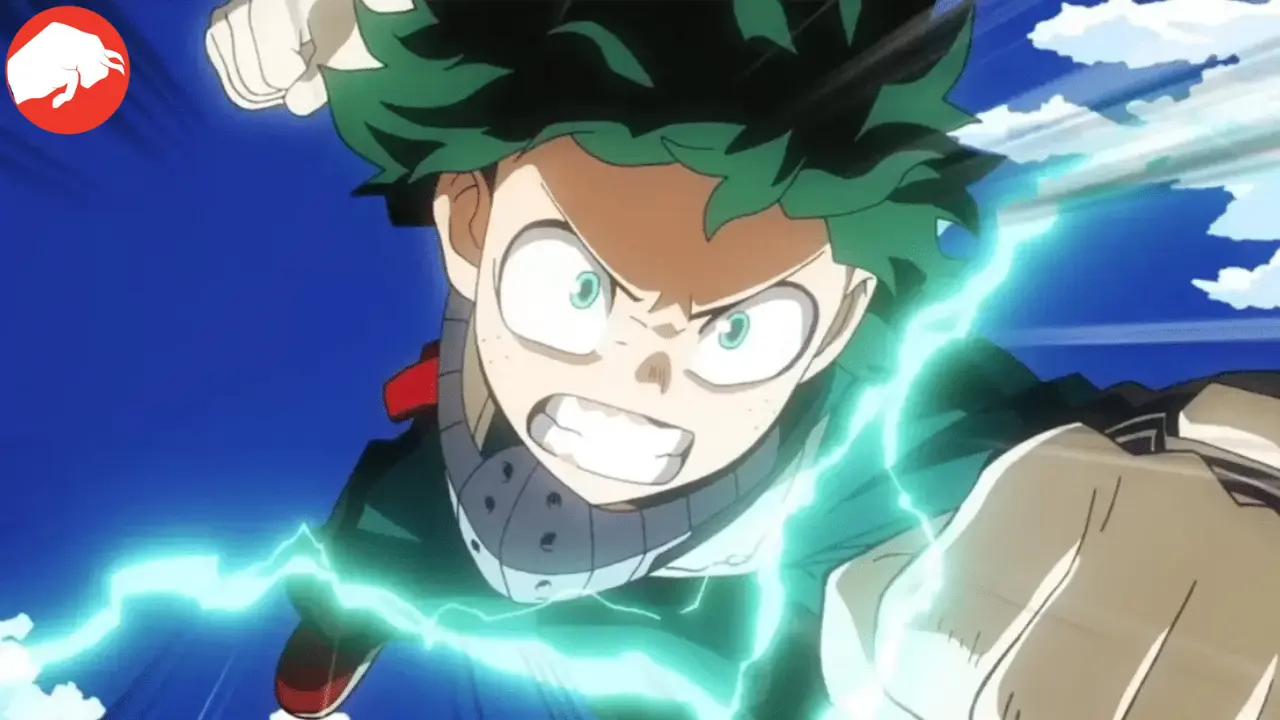My Hero Academia has become one of the most popular series in the manga/anime industry, and its fame has led to the creation of various spin-off titles. Each of these titles provides a unique perspective on Kohei Horikoshi’s original story.
The spin-offs of My Hero Academia endeavor to expand the content of the main series in diverse ways and achieve different levels of success in doing so. However, as with any spin-off, it can be unclear if these titles offer bonus content for the canon My Hero Academia story or if they take their own creative liberties to provide their own narratives.
My Hero Academia: SMASH!

At present, there are three spin-off manga series of MHA. One of them is MHA Smash, which is a gag manga consisting of easily consumable, four-panel gags. It was serialized in Shonen Jump+ from 2015 to 2017 and has been compiled into five volumes. Unlike the original series, MHA Smash is written and illustrated by Hirofumi Neda instead of Horikoshi himself.
Take matters into your own hands with a My Hero Academia: Vigilantes digital manga sale! And My Hero Academia: Smash!! Both on sale until Sept 20! https://t.co/oWIwbJK4z3 pic.twitter.com/LliUnFAan8
— Shonen Jump (@shonenjump) September 14, 2020
The nature of MHA Smash being a gag manga means that the characters are often distorted for the sake of humor, but the series never strays too far from their original personalities. The jokes themselves are usually centered around scenarios that are not part of the main story’s canon, making for original and entertaining content. Towards the end of the series, it even gets a bit self-aware by featuring a villain with reality-bending powers to explain some of the quirks of the narrative.
Smash cannot be considered canon, but parts of it would fit into the canon story.
My Hero Academia: Vigilantes

MHA Vigilantes, running from 2016 to 2022, is the most story-focused of the MHA spinoffs, telling the tale of Koichi Haimawari, a young man who fights crime alongside other vigilantes after failing to get into a traditional hero school. It is written by Hideyuki Furuhashi, and illustrated by Betten Court.
Vigilantes occurs several years prior to the events of the main MHA story. Initially, it follows its own narrative without expressly merging or diverging from the main series. However, it does show All Might’s hero agency, which contradicts the primary story since All Might is only known to have worked with Sir Night Eye, his lone sidekick.
Vigilantes became more closely tied to the canon MHA story when it introduced an arc focused on Eraser Head and Present Mic’s time as UA students. The arc introduced Oboro Shirakumo, a friend of the duo who died during their time at UA, and this plot point was later revealed to be crucial to the main series when Shirakumo was revealed to be the body used to create the nomu, Kurogiri. The final arc of My Hero Academia is now grappling with the conflicting identity of Shirakumo and how it may determine the outcome of the final battle.
The introduction of Oboro Shirakumo in the series strongly supports the argument that the spin-off is canon. While some minor inconsistencies still exist, the overall alignment with the main story allows for Vigilantes to be considered a part of the canon universe.
My Hero Academia: Vigilantes Spinoff Manga Ends in Next Chapter on May 28! It is a must read for MHA fans! pic.twitter.com/jkRxeTvVq1
— SweetOkie's Anime Cafe (@SweetOkies) May 14, 2022
My Hero Academia: Team Up Missions.

The tone of MHA: Team Up Missions lies somewhere between Vigilantes and Smash, striking a balance between comedy and character development. It features a series of team-ups that take place in the ‘team up missions’ program, where hero students are paired with professional heroes from different schools. Despite its comedic tone, the series still explores character interactions and development.
While Team Up Missions has a premise based on a canon event, with a focus on hero teams due to All Might’s retirement, it also includes a lot of slice-of-life chapters that do not involve hero work or villains to fight. Some of these chapters take place in the UA dorm rooms, while others serve as precursors to the MHA movies, which are themselves questionably canon.
Yes, while some parts of TUM could be considered canon, the fact that it has chapters that go against canon, such as All Might being in the field past his retirement and Class A being involved in a seemingly trivial task, suggests that it’s mostly non-canon.
Also Read: Is Netflix Releasing My Hero Academia Movie Live-Action In 2023?









